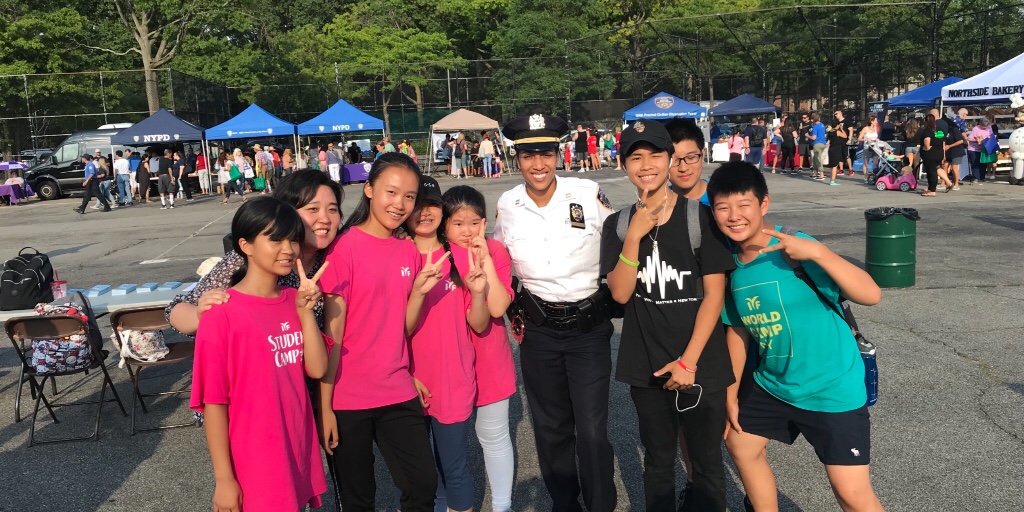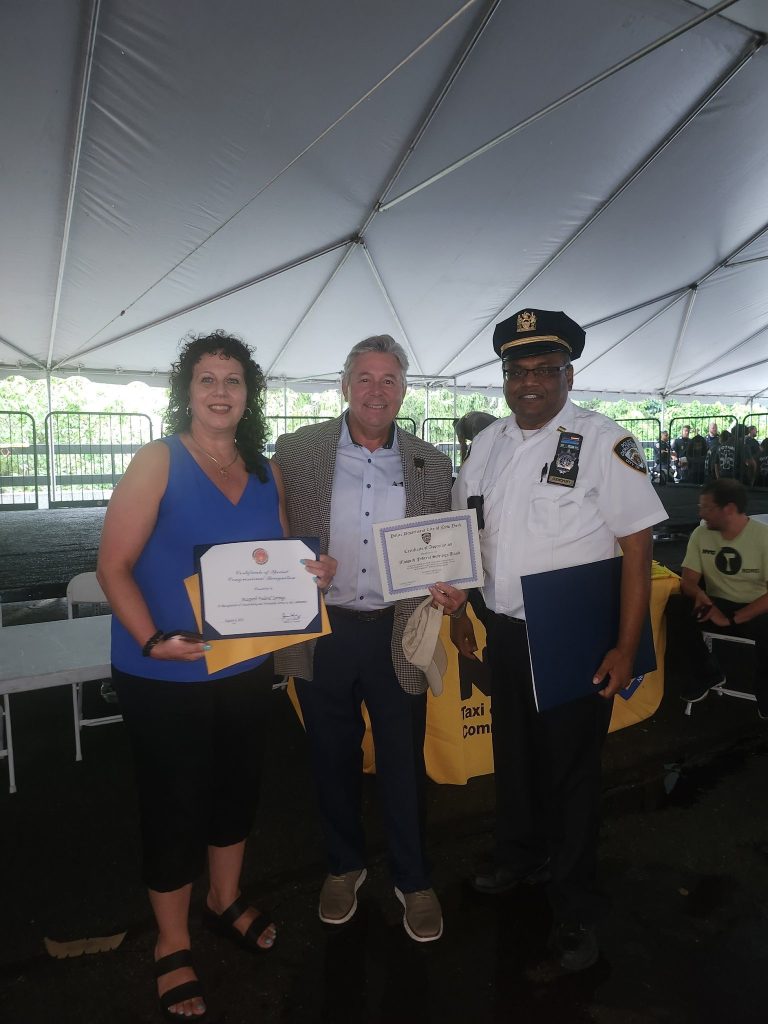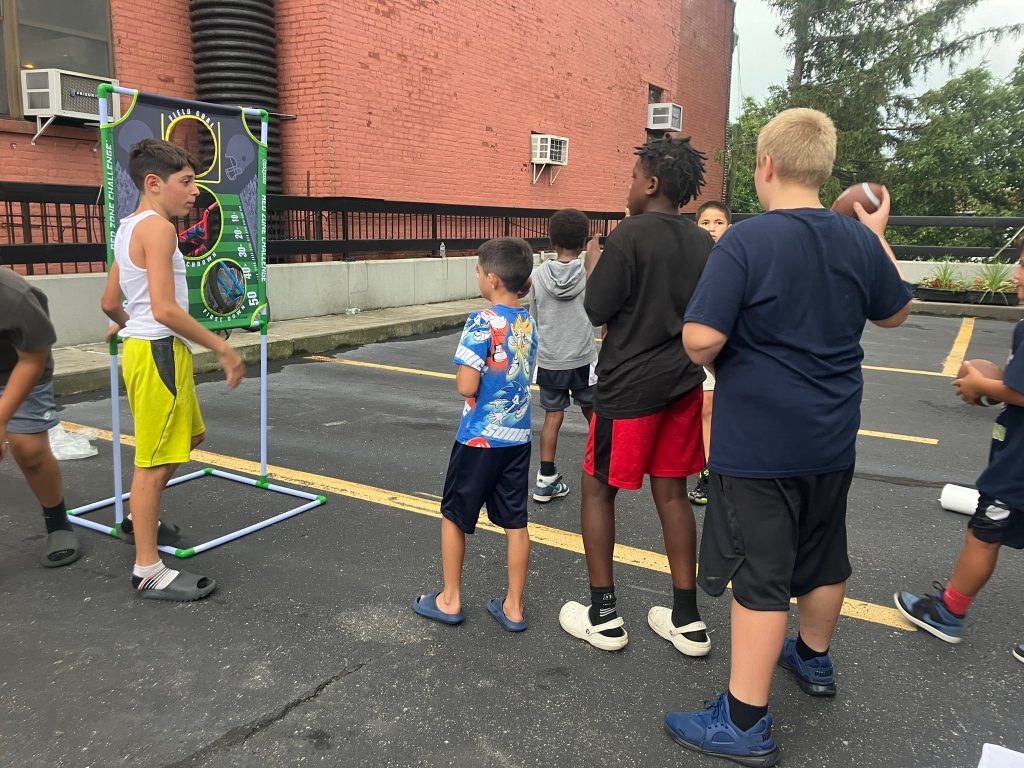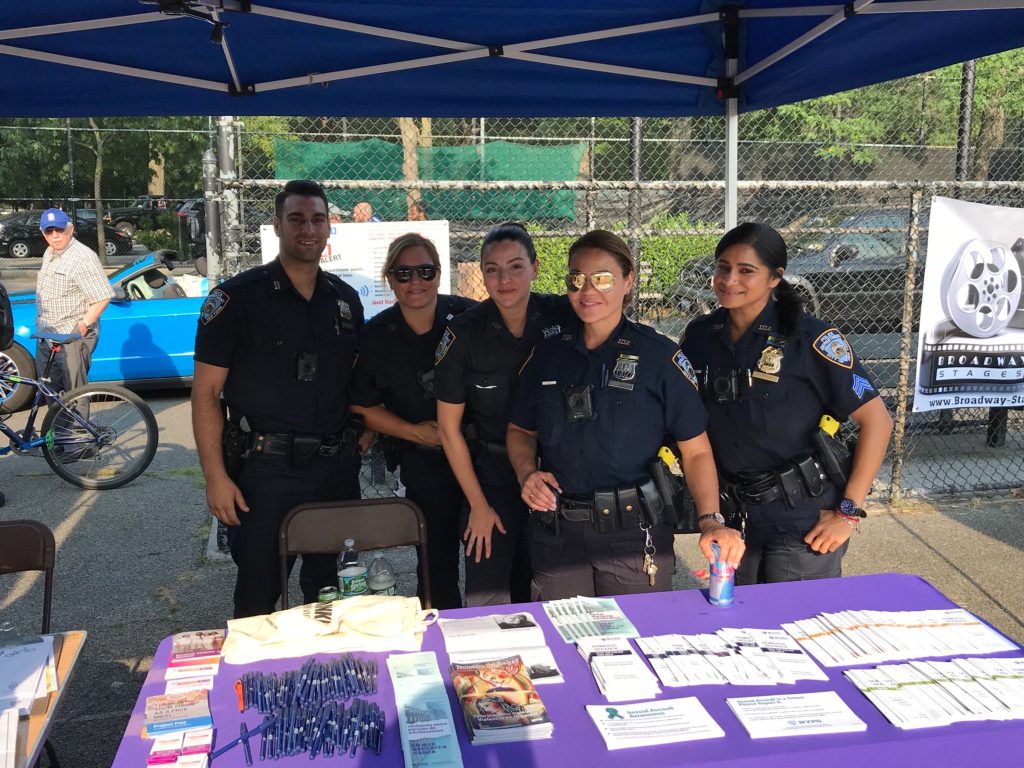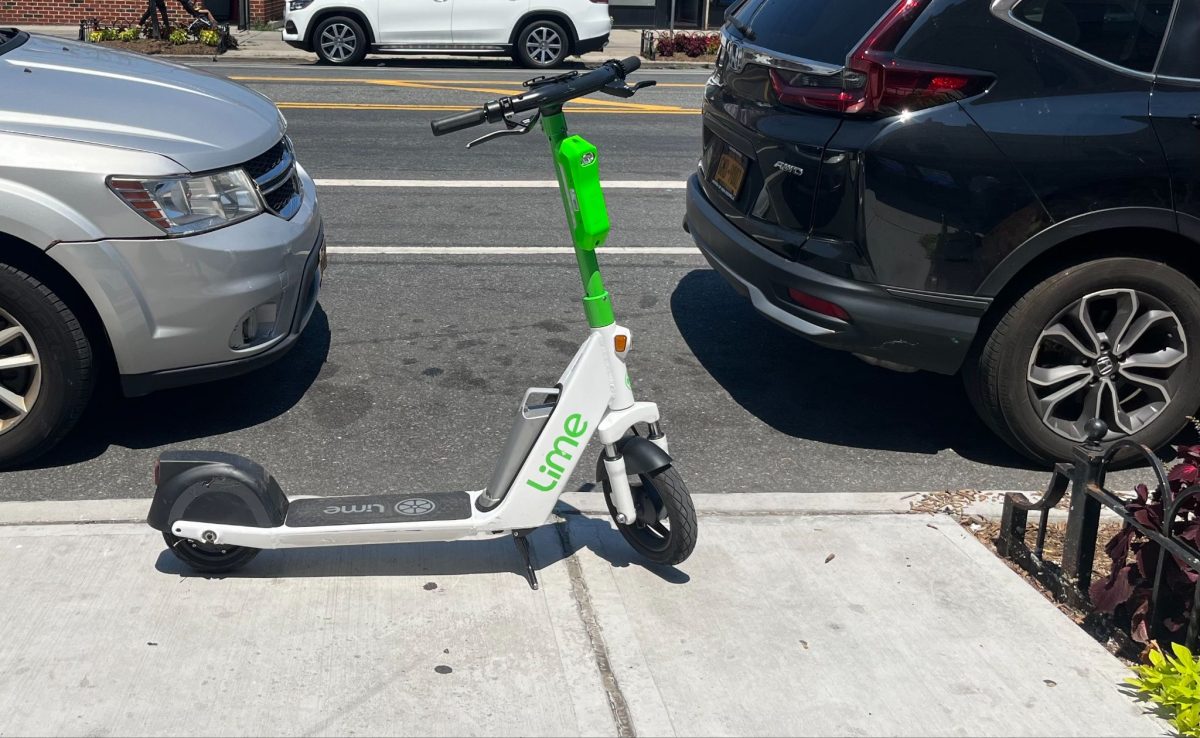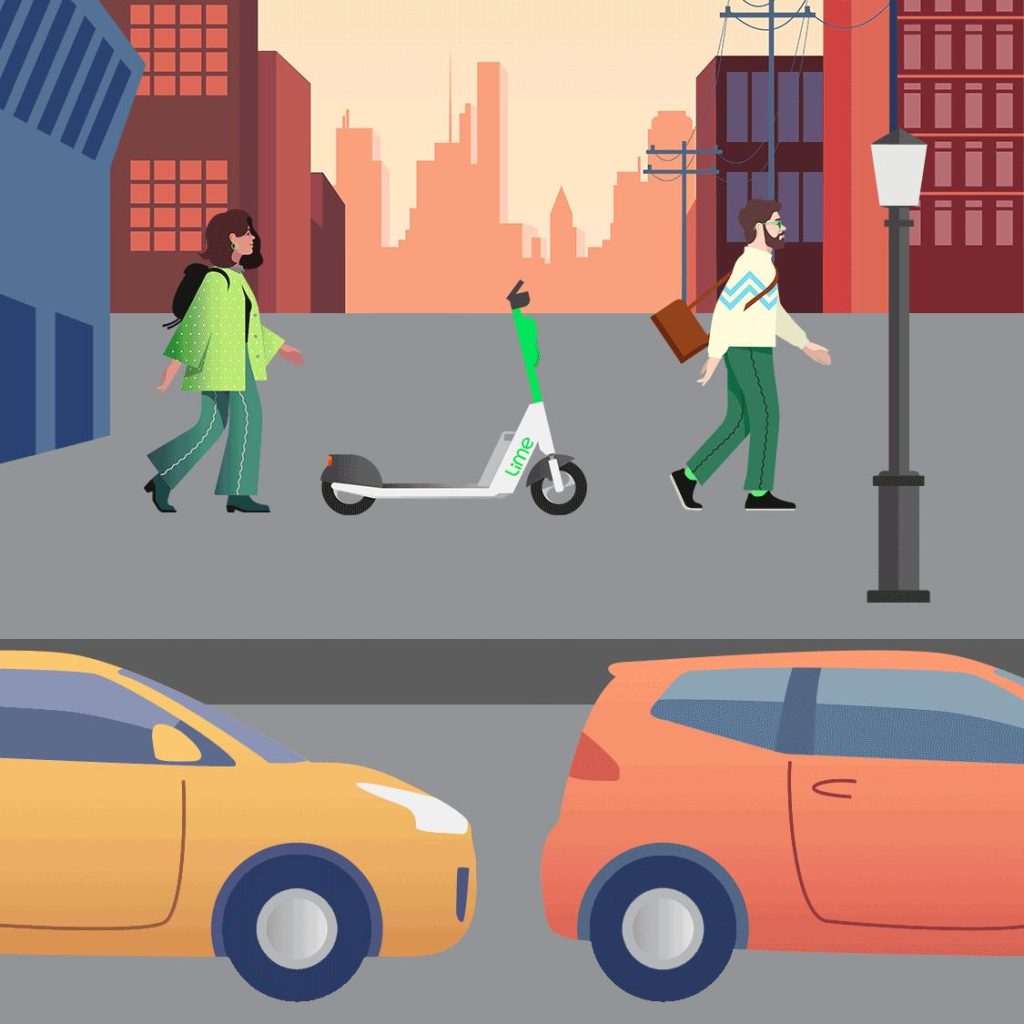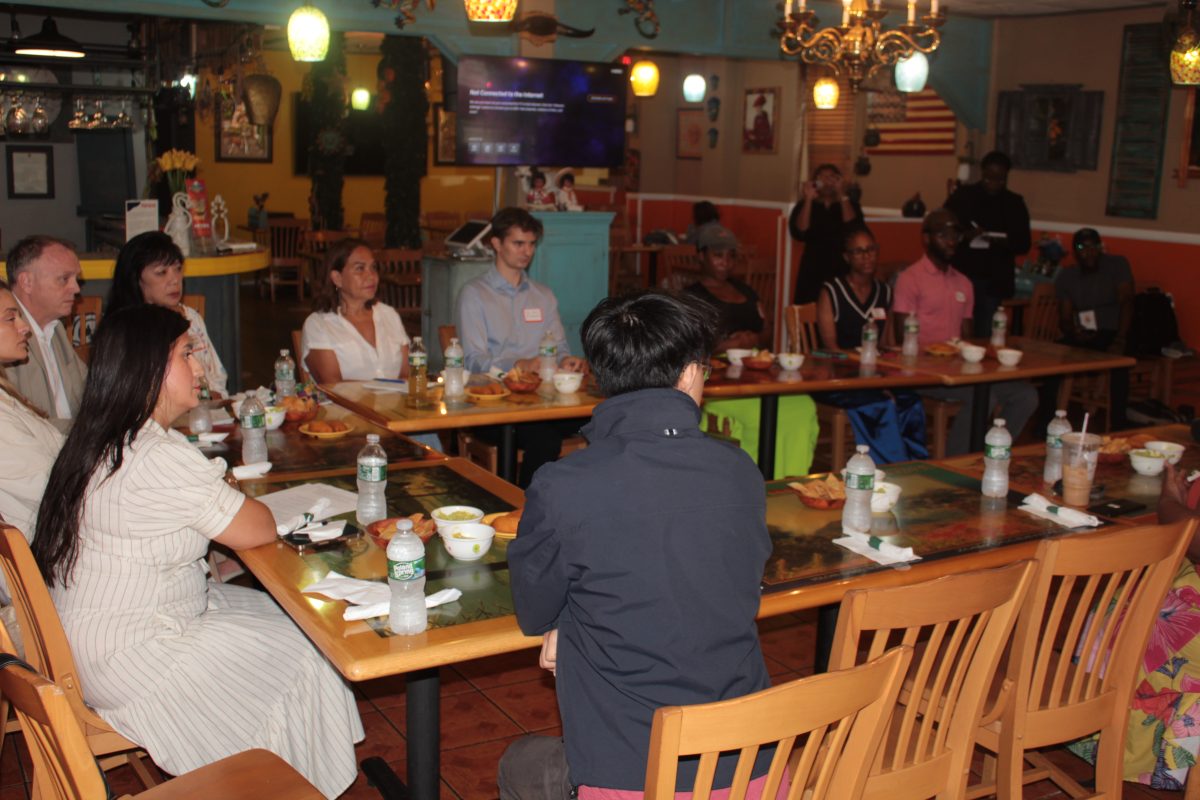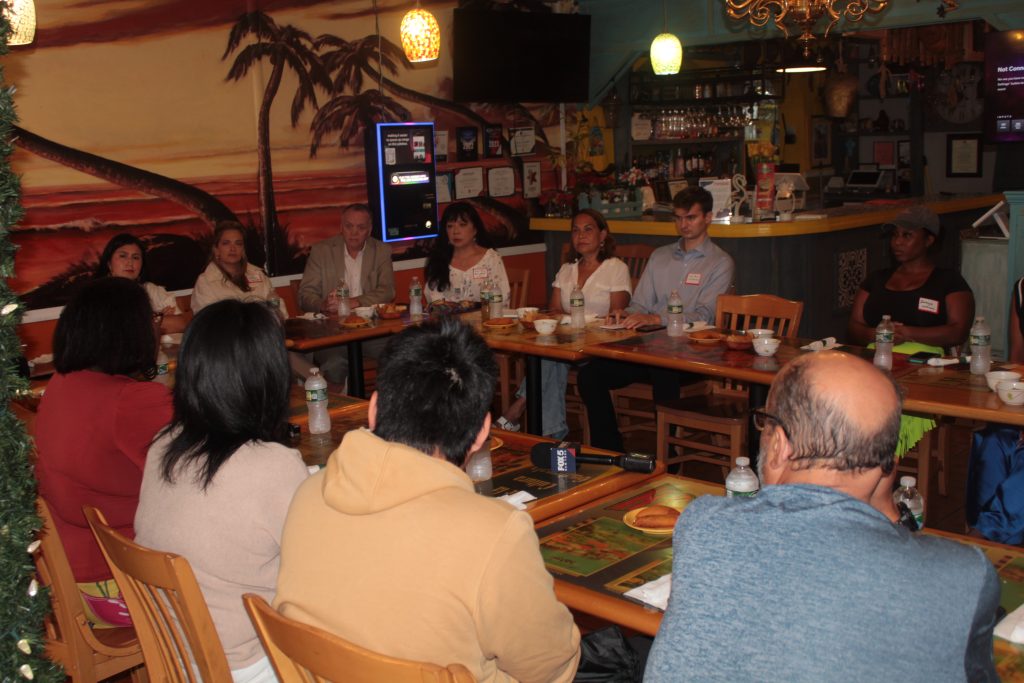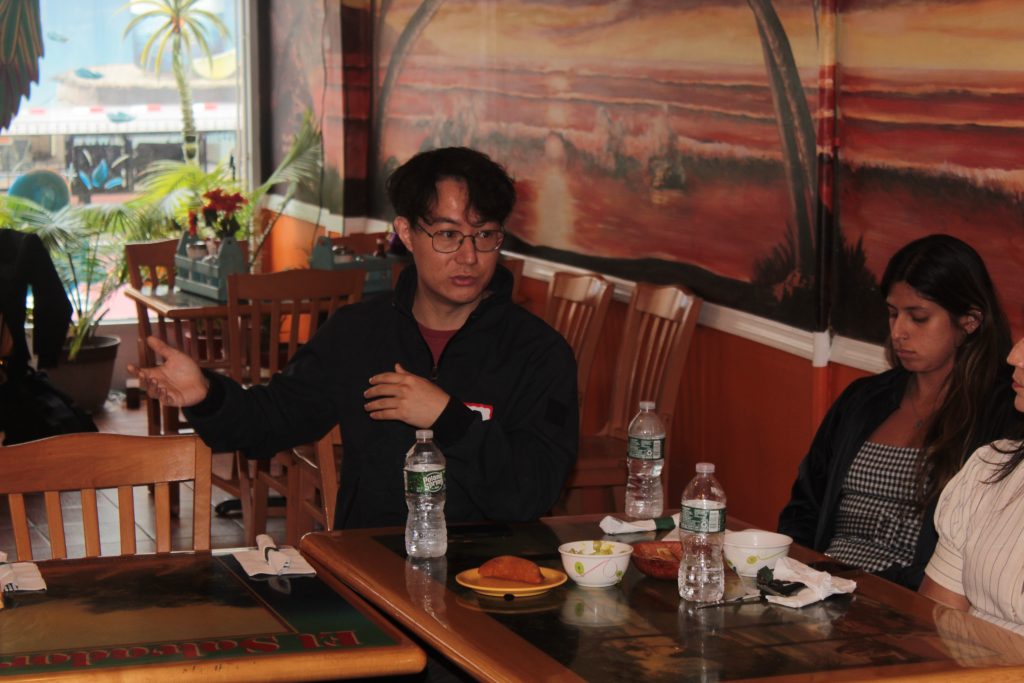Gotham EMS Expands Services, Unites Volunteer Ambulance Corps Across Queens

Courtesy Office of Robert Holden
Gotham EMS, formed from the merger of several volunteer ambulance corps, now serves a broad area including Queens and Brooklyn.
MOHAMED FARGHALY
mfarghaly@queensledger.com
Gotham EMS, a volunteer ambulance organization, has emerged as a crucial provider of emergency medical services across several neighborhoods in Queens and Brooklyn, thanks to the efforts of volunteers like Jesus Rodriguez, a longtime member and chairman of the organization.
Rodriguez, who has been involved in the volunteer ambulance community since 2012, shared how Gotham EMS came to unite multiple volunteer ambulance corps under one banner, expanding its reach and services.
“In 2019, Middle Village approached Ridgewood, seeking to join forces to continue providing services to the community,” Rodriguez said. “We then formed operational partnerships with Glendale, Woodhaven, and Richmond Hill, consolidating our efforts to better serve these neighborhoods.”
The EMS service once known as the Ridgewood Volunteer Ambulance Corp’s collaboration culminated in the official formation of Gotham EMS in 2023, with the group now covering a vast area that includes Ridgewood, Glendale, Woodhaven, Richmond Hill, and parts of Bushwick, Brooklyn. The new name became official in 2024 after a lengthy process of securing necessary approvals from the Department of State and the Department of Health.
The transition was a complex process, as Rodriguez detailed, involving significant behind-the-scenes work.
“We’re all volunteers with full-time jobs, so managing this process took time,” Rodriguez said. “We decided to create a strategic planning team, officially, we had everything set up in 2023, and then we did Gotham Day in April of 2024.”
However, the effort was worthwhile as it allowed Gotham EMS to continue serving the community effectively.
“We still field calls from all four areas, services that we used to provide for one community, but now we’re providing it for all four communities,” Rodriguez said.
Gotham EMS’s services extend beyond emergency transportation. The EMS service provides a range of critical services, including emergency medical response, transportation to medical appointments, and support during community events. The organization also offers hands-on CPR training and emergency preparedness education to the public, helping residents be better equipped in crisis situations.
“We have volunteers from everywhere,” Rodriguez said. “Business owners, graphic designers, FDNY personnel, who all come together to give back to the community.”
Additionally, Gotham EMS supports the FDNY by assisting with 911 calls, especially during high-demand periods, ensuring that medical help reaches those in need swiftly. Their work is driven by volunteers who are dedicated to serving their communities, often going beyond basic emergency care to provide essential resources like medical equipment to those who cannot afford it.
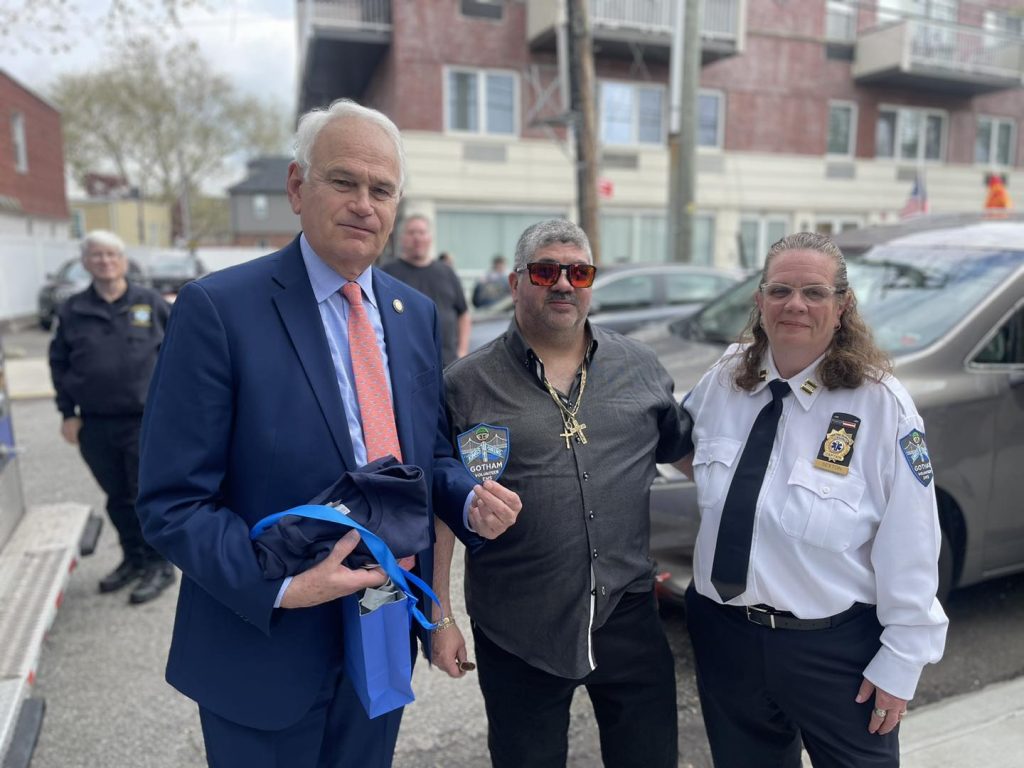
The official name changing event took place earlier this year in April and was attended by community members and elected officials.
“We train EMS personnel from the ground up, teaching them everything from CPR to leadership skills,” Rodriguez said. “The biggest thing is we train you at dispatch, we send you to EMT school, you know, we train you at CPR, everything until you become an EMT.”
The volunteer-driven nature of Gotham EMS is central to its mission. With a current roster of about 80 volunteers, the organization operates primarily during nighttime hours when the 911 system is most in need of support as well as organizing educational community events.
“Mainly, we operate at night,” Rodriguez said. “If someone calls and says, ‘Hey, I need to go to a cardiology appointment,’ then we will get a crew to come down for whatever time in the morning.”
The organization’s community-based approach sets it apart from for-profit ambulance services. Gotham EMS offers additional services, such as providing medical equipment like walkers to those who can’t afford them.
“We do hands-on CPR,” Rodriguez said. “We also teach you about things to look for in your house, fire alarms, smoke detectors, stuff like that.”
Gotham EMS continues to be a lifeline for the communities it serves, ensuring that residents have access to the care they need.
To learn more about Gotham EMS or to get involved with their mission, please visit their website at ridgewoodvac.com.

The organization provides emergency medical services, transportation, and community education, relying on a dedicated team of about 80 volunteers.



